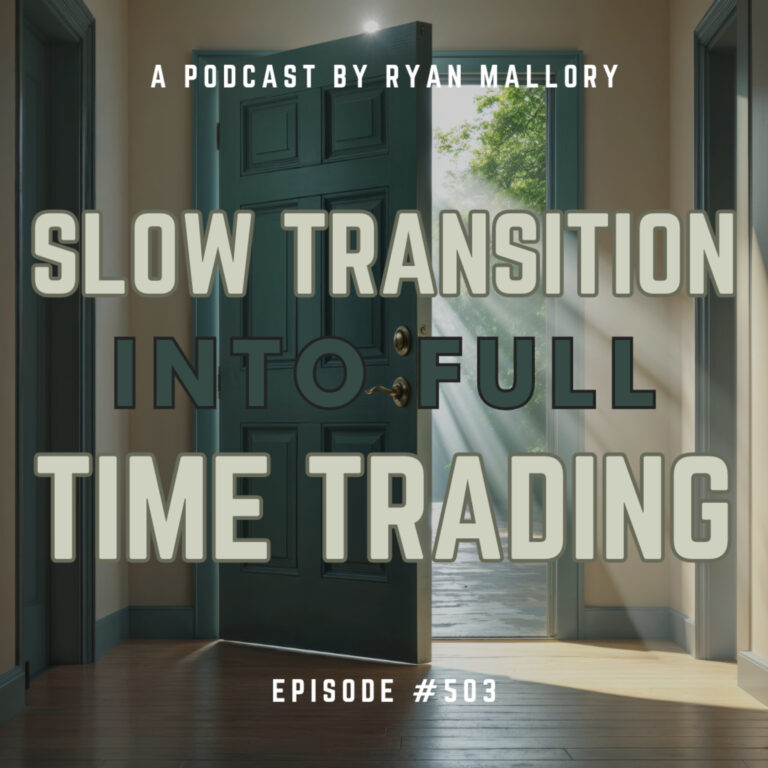General Market direction is extremely important in determining whether we choose to buy or sell a stock. In particular, if the market is under selling pressures we will trade “net-short” on the market, and if the market is rallying or the demand outpaces the supply of stocks, then we will generally be “net-long”. There are two main indices that we track in making our decisions: The Standard & Poor and NASDAQ. While many will wonder why we don’t give much consideration to the Dow Jones Industrial Average, it is because of the structure of how the Dow’s index pricing is configured.
The index is price weighted and instead of being weighted using the market cap of each individual stock. That means that a company like International Business Machines (IBM) that’s share price trades over four times the amount of General Motors (GE) has four times the impact on the DJI average, even through GE trades with a much larger market cap than IBM (Market cap is defined by the total dollar value of all the shares that are publicly traded for a particular security). Therefore GE has to go up over 4% to have as much affect as IBM has on the general market.
Another Index that we do pay attention to is the Russell 1000, which is comprised of companies with much small market caps. This index tends to be much more volatile in nature, and while it is not one of the two primary indices that we trade in, we do monitor it regularly for any leading divergences that may be occurring in the general markets.
While general market direction has the heaviest weightings, when we consider to buy or sell a stock, we will not always trade 100% long or 100% short depending on the direction of the markets. In fact we will often times trade contrary to general market direction if the markets become overheated in one direction or another (best described as over-sold or over-bought). When we get these types of readings on a technical basis, they can often lead to very lucrative returns. But in essence, the balance of our portfolio will skew in favor of the market’s general direction.

Welcome to Swing Trading the Stock Market Podcast!
I want you to become a better trader, and you know what? You absolutely can!
Commit these three rules to memory and to your trading:
#1: Manage the RISK ALWAYS!
#2: Keep the Losses Small
#3: Do #1 & #2 and the profits will take care of themselves.
That’s right, successful swing-trading is about managing the risk, and with Swing Trading the Stock Market podcast, I encourage you to email me (ryan@shareplanner.com) your questions, and there’s a good chance I’ll make a future podcast out of your stock market related question.
How should one go from their regular 9-5 job into full-time trading? As a swing trader, we don't have to necessarily be full-time, and instead we can combine our trading into a lifestyle that allows us to maximize our time and earning ability.
Be sure to check out my Swing-Trading offering through SharePlanner that goes hand-in-hand with my podcast, offering all of the research, charts and technical analysis on the stock market and individual stocks, not to mention my personal watch-lists, reviews and regular updates on the most popular stocks, including the all-important big tech stocks. Check it out now at: https://www.shareplanner.com/premium-plans
📈 START SWING-TRADING WITH ME! 📈
Click here to subscribe: https://shareplanner.com/tradingblock
— — — — — — — — —
💻 STOCK MARKET TRAINING COURSES 💻
Click here for all of my training courses: https://www.shareplanner.com/trading-academy
– The A-Z of the Self-Made Trader –https://www.shareplanner.com/the-a-z-of-the-self-made-trader
– The Winning Watch-List — https://www.shareplanner.com/winning-watchlist
– Patterns to Profits — https://www.shareplanner.com/patterns-to-profits
– Get 1-on-1 Coaching — https://www.shareplanner.com/coaching
— — — — — — — — —
❤️ SUBSCRIBE TO MY YOUTUBE CHANNEL 📺
Click here to subscribe: https://www.youtube.com/shareplanner?sub_confirmation=1
🎧 LISTEN TO MY PODCAST 🎵
Click here to listen to my podcast: https://open.spotify.com/show/5Nn7MhTB9HJSyQ0C6bMKXI
— — — — — — — — —
💰 FREE RESOURCES 💰
— — — — — — — — —
🛠 TOOLS OF THE TRADE 🛠
Software I use (TC2000): https://bit.ly/2HBdnBm
— — — — — — — — —
📱 FOLLOW SHAREPLANNER ON SOCIAL MEDIA 📱
*Disclaimer: Ryan Mallory is not a financial adviser and this podcast is for entertainment purposes only. Consult your financial adviser before making any decisions.




